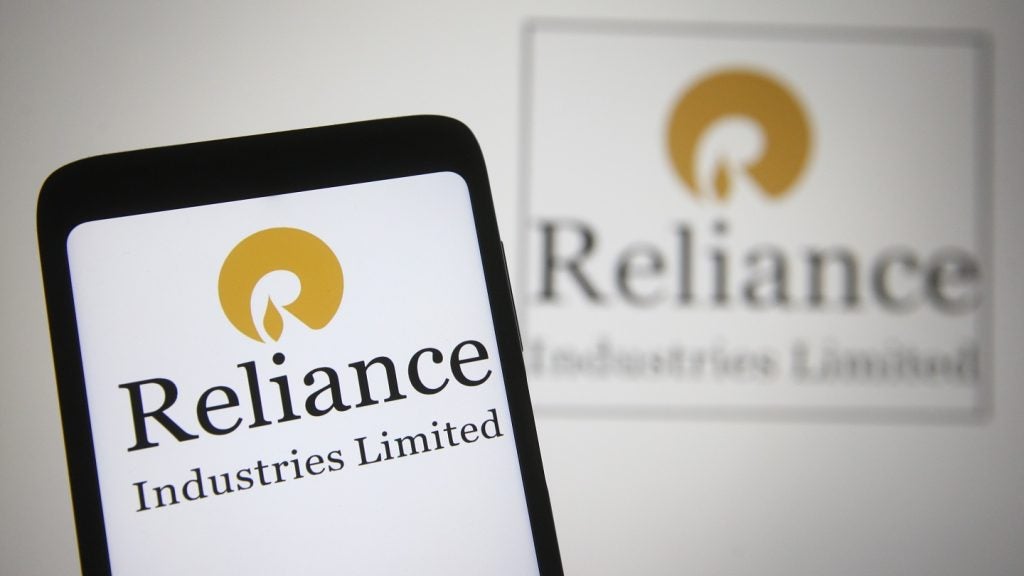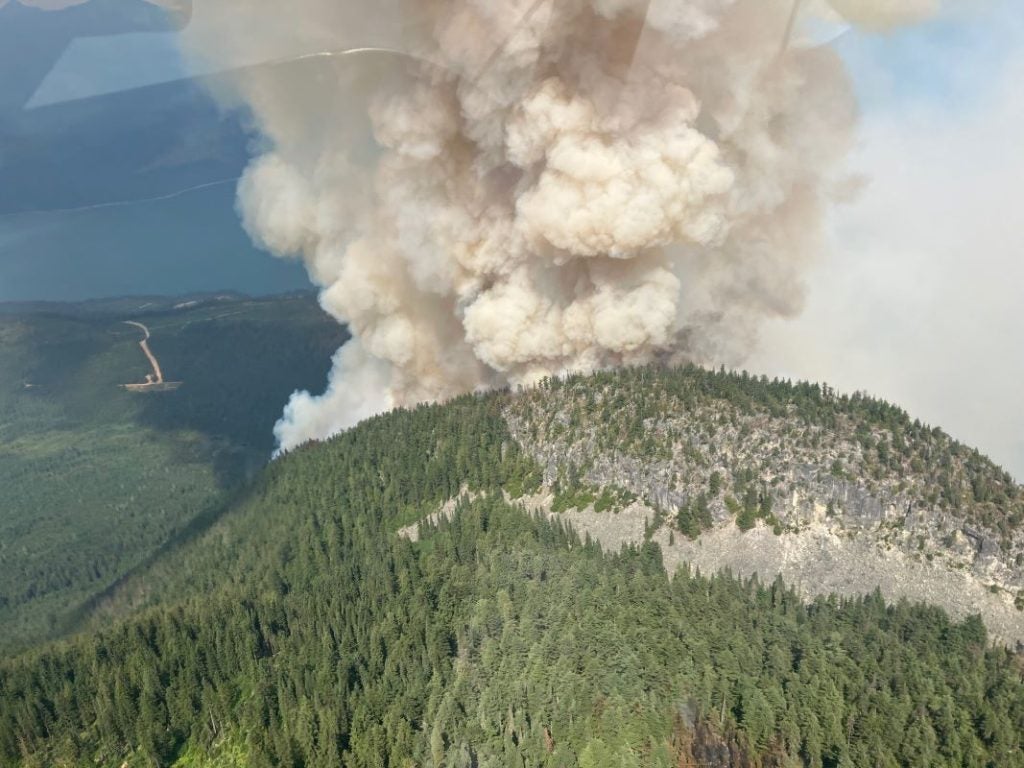
Seismic imaging has come a long way since its beginnings more than 80 years ago. In its simplest form, the technology bounces sound waves through the seabed, which reflect back to geophones at different rates as different densities of rock are encountered. This creates a virtual picture of the make-up of underground geophysical rock formations and potentially reveals oil and gas-bearing reservoirs.
The technology has been developed since then by improving the sensitivity of instruments and the mathematical models used to interpret the data.
The biggest advance came during the 1990s with the introduction of 3D seismic imaging, which provides a more detailed and in-depth view of geological formations than was previously possible.
By improving imaging technology, E&P can be conducted more cost effectively since the number of test wells needed to locate viable reserves is greatly reduced. Brazilian energy giant Petrobras has continued its research in this field in order to improve the resolution of the images that are captured and presented, and recently reached the milestone of one million traces per square kilometre (traces/km2).
Reservoir geophysics manager Paulo Johann discusses the company’s successes using the technology and potential future developments.
Mark Brierley: What developments in Petrobras’s use of seismic imaging technology aided the discovery of many of Brazil’s pre-salt reserves?
Paulo Johann: Petrobras has a team of experienced geophysicists and geologists who are formally trained in technology acquisition, processing and seismic interpretation. Petrobras’s efficient training and professional development programme and the continuous use of top technologies and methodologies available on the market – due to Petrobras’s investments in leading international geophysical technology – have enabled the continuous improvement of seismic imaging in Brazil’s offshore sedimentary basins over the past 43 years.
How well do you really know your competitors?
Access the most comprehensive Company Profiles on the market, powered by GlobalData. Save hours of research. Gain competitive edge.

Thank you!
Your download email will arrive shortly
Not ready to buy yet? Download a free sample
We are confident about the unique quality of our Company Profiles. However, we want you to make the most beneficial decision for your business, so we offer a free sample that you can download by submitting the below form
By GlobalDataIn particular, seismic imaging technology in the sedimentary area of pre-salt developments in the early 2000s had a major impact on the successful drilling of exploratory wells, as well as the production development of these new fields.
There are literally hundreds of wells in production and production-development that will benefit from these seismic imaging technologies. Of the three strands of seismic imaging – acquisition, processing and interpretation – which has seen the greatest development?
Petrobras considers these three areas of knowledge as inseparable; however, with the acquisition of 3D seismic technology (which began in the 1970s with a single seismic cable less than 2km in length, and currently incorporates multiple cables measuring up to 8km) and the continuous improvement of seismic processing, geophysicists and geologists were able to improve the skills and knowledge used for seismic imaging interpretation of Brazil’s offshore oil reservoirs, especially in relation to seismic interpretations of the pre-salt reservoirs in the mid-2000s.
What role does Petrobras play in the research and development of the technology?
Petrobras has a research centre where geophysical methods and algorithms are developed to improve seismic imaging. It focuses on the research of new seismic data acquisition and the continuous improvement of seismic processing algorithms.
Research is also focused on better understanding petroleum systems and new pre-salt reservoirs. Surveys are conducted through internal research projects involving geophysicists, geologists and reservoir engineers.
In addition to internal research, projects are conducted in conjunction with many universities, here and abroad. The Petrobras research centre investigates geophysical technologies ranging from the integration of seismic well logs and rocks – including measurements and calibrations of rocks in order to gauge their seismic wave velocities, their compression and shear response, and their density – to the scale of the oil field as a whole; for example, using research methodologies and technologies for permanent seismic monitoring (seismic sensor cables on the ocean floor carrying out seismic measurements of life-long economic production of petroleum reservoirs).
More recently, Petrobras has conducted research with bilateral oil companies and services that build research centres in Rio de Janeiro for these activities.
At what resolution is it now possible to view a square kilometre? How does this compare with a decade ago?
Since 1999, Petrobras has led the research into high-density seismic imaging, having exceeding the one million traces per square kilometre marker – representing density information per geological unit area to be mapped (traces/km2) – during the completion of a pioneering project in the Barracuda, Caratinga and Marlim Sul fields. To date, this is a reference milestone in the research of marine seismic data acquisition.
The geophysical industry is considering the possibility of increasing the density of spatial information, thereby allowing the improvement of seismic imaging of geological structures, particularly those that are smaller and more complex. So far, however, with the technological limitation of having seismic cables around 50m apart, there is an operational challenge to do with increasing spatial density.
In the near future, it is expected that the geophysical industry will improve enough to offer marine seismic acquisition technologies in order to overcome this operational and technological challenge. A decade ago, most of the 3D seismic data acquisitions took place with less than 100,000 traces/km2. This did not allow for correct imaging of complex or small geological structures, since they required detailed maps of geological facies of different depositions systems depicting fields discovered between the 1980s and 2000.
Since then there has been a ten-fold increase in the information density per geological unit area, with important results in improving the seismic characterisation of petroleum reservoirs.
With vast amounts of detailed seismic data now available, does this cause challenges to do with its interpretation?
Yes, because with the most updated data density per geological unit area available, the geophysical industry can now improve the algorithms for seismic imaging. This results in increasingly accurate and detailed images of small and complex geological structures
that enable better seismic interpretation. It also reduces inherent uncertainties in the techniques used in drilling projects and mitigates offshore risks in the exploration and production of oil in deep and ultra-deep waters, and also in very deep reservoirs (up to 5,000m).
In your opinion, can seismic imaging ever replace the need for drilling test wells?
Not entirely, but better high-resolution seismic imaging may provide a reduced number of pilot wells associated with the horizontal wells campaign. In some Campos Basin reservoirs, with excellent oil quality, resolution and seismic imaging, geophysicists, geologists and reservoir engineers from Petrobras have reduced the number of pilot wells, drilling horizontal wells directly guided by excellent seismic imaging and reliable geological models.
In summary, improvements to seismic imaging and geological models, and the optimisation of engineering studies of reservoirs, allow for a better return on investment in terms of new geophysical technologies that is more attractive to us and the oil industry in general.







